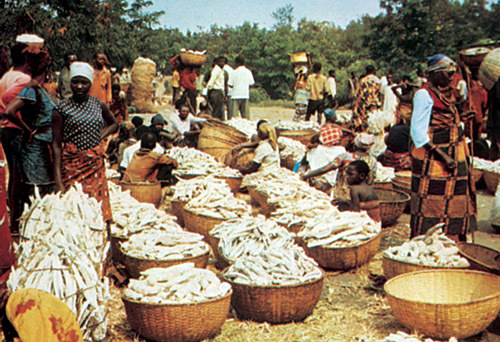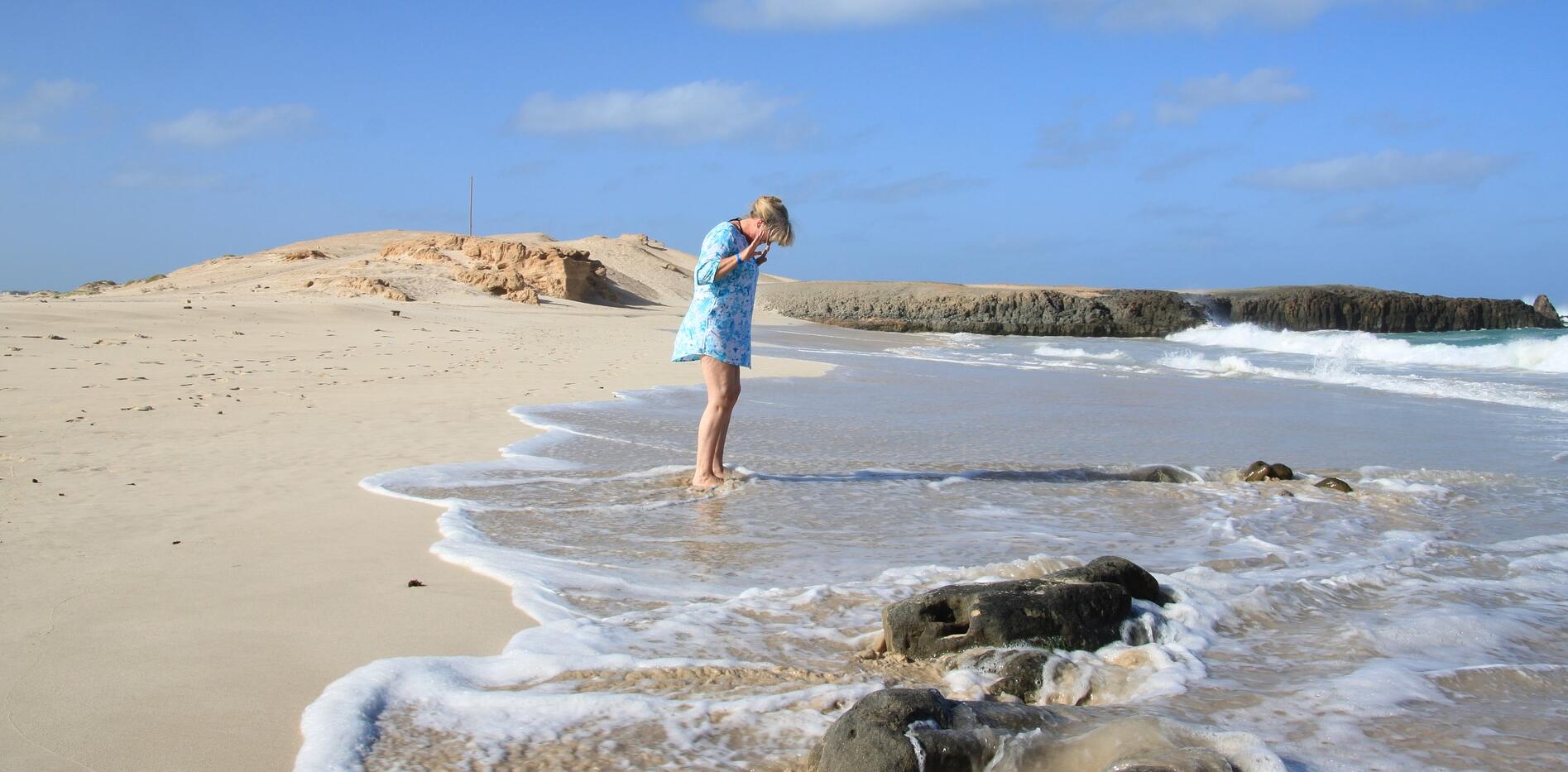Egypt Arts Part II
After the empire broke up, Egyptian art sank in the First Intermediate Period (around 2191–2145 BC) to a provincial level. Only the princes could afford larger tombs carved into the rock. The tendency towards freer forms and motifs is to be seen as a positive development during this period, v. a. A plethora of new figurative motifs emerged in the art of sealing; the cylinder seal was largely superseded by the stamp seal.
Middle Kingdom (around 2025–1793 BC): Due to the reunification of the country under Mentuhotep Nebhepetre around 2025 BC. A new courtly art emerged, which in a short time reached the high points of art in the Old Kingdom. At its beginning stands the Mentuhoteps funeral monument in the valley of Deir el-Bahari, which combines elements of the pyramid and rock tomb in its architectural layout. The kings of the 12th Dynasty reverted to the funerary form of the pyramid, which is now built over a mud brick core. Next to the mortuary temples came the god temples, which were now also more often built in stone, such as the oldest part of the temple of Amun in Karnak. In addition to the grave statues (including seated statue of Mentuhotep) temple statues, the function of which was to allow the sitter to participate in the daily cult and the sacrifices for the gods.
The art of this period reached its peak with the royal portraits of the late 12th dynasty (Sesostris III, Amenemhet III ). Their closeness to life and expressiveness are not to be addressed as a portrait in our sense, but reflect a – more secular – conception of royalty that has changed compared to the Old Kingdom. The civil servants’ private sculpture shows a preference for closed forms, such as coat statues and cube stools (a crouching block-shaped figure wrapped in a coat, from which often only the head is carved out). From the servant figures developed v. a. in the 11th dynasty whole models of commercial enterprises. Increasingly, the servants went to the function Uschebti over.
The relief art unfolded, in addition to the decoration of the temple of the gods, on innumerable steles, the v. a. on the processional street of Osiris in Abydos.
The arts and crafts are well represented by several finds of treasures from princesses of the 12th dynasty, v. a. through richly designed pectorals and other jewelry. Hippos and others Animal figures made of glazed clay embodied the hope for regeneration in the afterlife; the scarab, which has now become the preferred seal amulet, served the same purpose. In the following years it was an important burial object, often given the name of the official who wanted to secure his continued life.
Monumental art declined during the Second Intermediate Period (around 1794 / 93–1550 BC), which was largely shaped by the foreign rule of the Hyksos.
New Kingdom (around 1550–1070 / 69 BC): The expulsion of the Hyksos was followed by a general renewal of intellectual life and a new flourishing of the visual arts. In the center were now the great temples of gods, v. a. that of Amun in Karnak. They were built as procession temples that led the festival participants through avenues of sphinxes, pylons and rows of columns to the holy of holies. The tombs and places of worship of the kings were initially very modest in size; the pyramid shape was abandoned and replaced by the royal rock tomb in the Valley of the Kings. With the terrace temple of Hatshepsut in Deir el-Bahari, which fits perfectly into the rocky landscape, the series of great royal mortuary temples on the west bank of Thebes began. a. still belong to the Ramesseum and Medinet Habu. On the large wall surfaces of the temples, relief art found a new field of activity and created, in addition to ever new cult scenes, entire relief cycles (e.g. in Deir el-Bahari).
According to ezinereligion, painting predominated in the tombs of kings and their officials; with graves like those of the night (civil servant and astronomer) and the Menena (cadastral clerk and surveyor) was under the government of Thutmose IV. reached the climax of Egyptian tomb painting. Excellent examples of wall and floor painting from the royal palaces have also been preserved from the period immediately following (Molgata, Amarna). The general enthusiasm for images of the New Kingdom led to the creation of book illumination with an abundance of illustrated texts, v. a. in religious literature (guides to the hereafter, book of the dead). The growing importance of the cult of the gods can be seen not only in the large temples, but also in the increasing number of statues of gods. The royal sculpture preferred under Hatshepsut and Thutmose III. elegant, delicate forms, since Thutmose IV. a tendency towards the colossal is noticeable (Colossi of Memnon Amenhotep III., Colossal statues of the Ramesside period).



